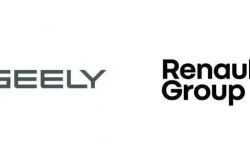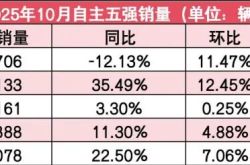Beyond 'Better Drawing': Google Unveils Gemini 2.5 Flash Image—Why Adobe Takes the Lead? Essential Reading for Investors
![]() 09/05 2025
09/05 2025
![]() 507
507
It all started with a somewhat cryptic teaser.
When Google CEO Sundar Pichai posted a sequence of three banana emojis—'????????????'—on social media, the entire tech and investment communities eagerly awaited what was to come.
The mystery was soon unraveled with the introduction of the code-named 'nano-banana' Gemini 2.5 Flash Image-preview. This marks not only another significant stride by Google in the AI image generation arena but also potentially signals a pivotal turning point for the industry's transition from 'tech novelties' to 'industrial-grade productivity tools'. 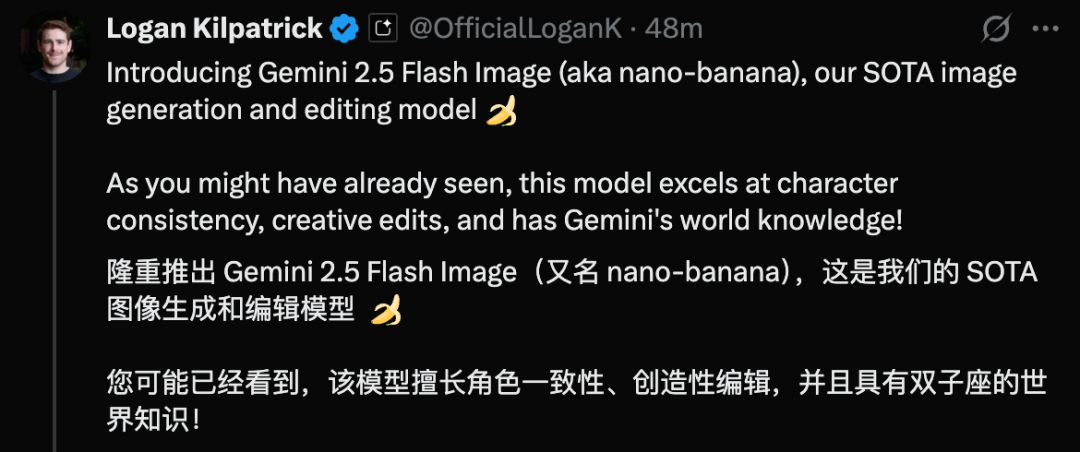
For investors who have been closely monitoring the AI sector, AIGC (AI-Generated Content) is no longer a groundbreaking concept. However, previous models have generally faced three major challenges:
1. 'Inconsistent Characters': The inability to maintain the same person or object across different images.
2. 'Modification Difficulties': Minor adjustments often require a complete redrawing.
3. 'Style Inconsistency': Difficulty in maintaining brand visual unity.
These issues have been the primary roadblocks preventing the widespread commercialization of AI image generation technology.
The launch of Gemini 2.5 Flash Image-preview directly addresses these challenges. It brings not just an enhancement in image quality but a revolution in efficiency, consistency, and controllability. 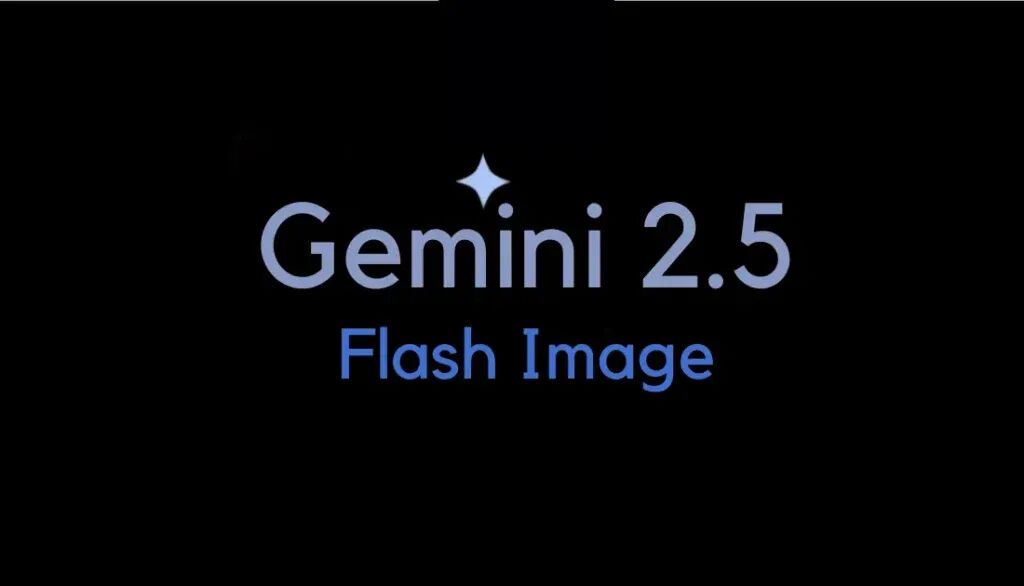
To gain a deeper understanding of its transformative impact, Silicon Rabbit deliberately reached out to a former senior research scientist from Google DeepMind.
He emphasized, "The true breakthrough of Gemini 2.5 Flash Image-preview lies not in the stunning quality of the generated images but in its ability to realize a 'controllable, iterative' creative process for the first time. This is achieved through the deep integration of multimodal understanding and world knowledge, enabling AI to transcend being a mere pixel generator and function more like a junior designer capable of understanding creative intent."
This leap forward is supported by three core technological pillars:
1. 'Multi-image Fusion' and 'Character Consistency': The model can seamlessly blend multiple independent images into a single, coherent new image while maintaining consistency of core characters or objects across various scenes and styles. This means generating a series of story illustrations for an IP character or creating marketing images for a product in different contexts becomes effortless. 
2. 'Conversational Editing' and 'World Knowledge': Users can refine images through natural language, similar to conversing with a designer, such as 'blur the background a bit more' or 'remove the person on the left.' More importantly, it can tap into Gemini's vast world knowledge base to understand more complex instructions and even interpret hand-drawn sketches and refine them. 
3. 'Flash' DNA: As a member of the Flash family, the model inherits low latency, high responsiveness, and cost-effectiveness. According to the officially announced pricing, generating an image via API call costs approximately $0.039 (about 0.2 RMB), laying a solid economic foundation for its large-scale commercial adoption. 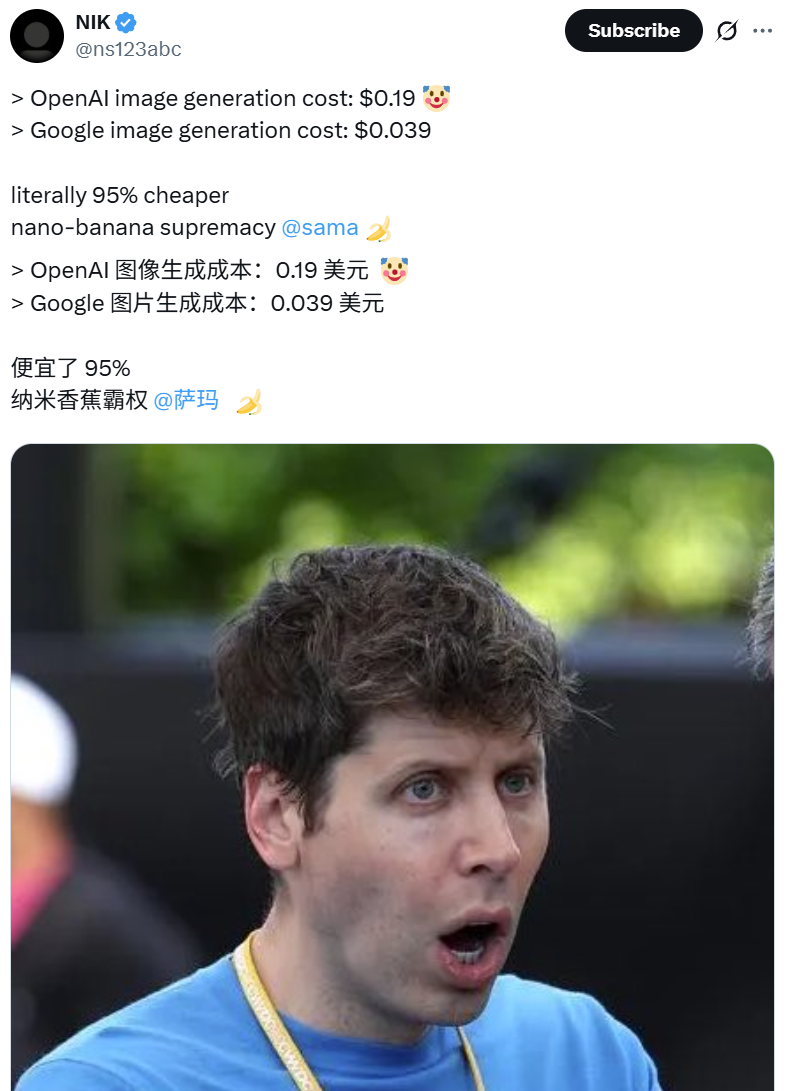
It can be said that the emergence of Gemini 2.5 Flash Image-preview signals AI image generation's transition from the unpredictable 'alchemy' stage to a stable, efficient, and predictable industrial production process. How will this transformation reshape the commercial landscape and offer new insights for investors?

If technological breakthroughs are the internal driver, then the rapid response of the industrial ecosystem serves as the most direct indicator of its commercial value. In this regard, Gemini 2.5 Flash Image-preview has delivered a near-perfect performance.
Adobe Takes the Lead
Simultaneously with Google's model release, global creative software giant Adobe announced almost immediately that its Adobe Firefly and Adobe Express platforms have deeply integrated Gemini 2.5 Flash Image-preview. This collaboration can be described as an industrial-level 'nuclear fusion,' with significance far exceeding a simple API integration. 
It means that millions of designers, marketers, and content creators worldwide can seamlessly leverage Google's cutting-edge AI generation capabilities within their most familiar workflows. Whether social media operators need to quickly generate a series of consistently styled post images or marketing teams require product advertising materials with different backgrounds, they can now accomplish everything within Firefly and Express and seamlessly import them into Photoshop or Illustrator for refined editing. This end-to-end efficiency boost is revolutionary.
Cloud Computing Power and API Economy
Higher-quality, more user-friendly AI image generation capabilities will inevitably spur exponential demand for API calls. Each image generation and editing process consumes cloud computing power, presenting significant growth opportunities for cloud service providers like Google Cloud.
Simultaneously, this will further solidify the 'Model as a Service' (MaaS) business model. In the future, more SaaS platforms will follow Adobe's lead and choose to integrate third-party top-tier models rather than developing their own. This will foster a thriving API economy, with companies possessing core model technologies occupying the top of the value chain.
Compliance and Trust
As AI-generated content becomes more prevalent, issues of copyright ownership, information authenticity, and ethics increasingly loom as a significant concern over all practitioners. Google has proposed its solution: all images generated or edited by Gemini 2.5 Flash Image-preview will embed an invisible digital watermark called SynthID.
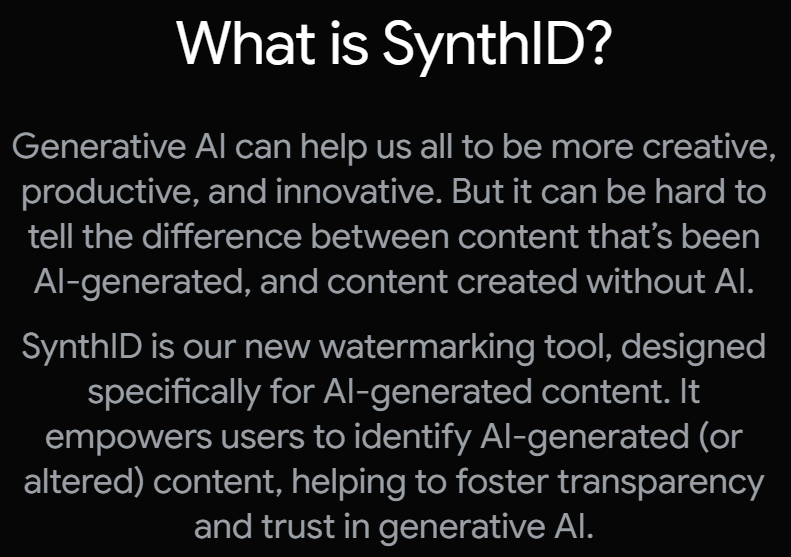
This watermark, imperceptible to the human eye but detectable by machines, provides technical assurance for AI content traceability, significantly enhancing transparency and trustworthiness. For enterprise clients prioritizing brand safety and compliance, especially licensed financial institutions, this is a crucial feature. It means that while embracing AI's efficiency gains, they can better manage potential legal and reputational risks. 
As professional investors, we need to look beyond the hype of technological releases and examine their deeper impact on industrial landscapes and asset values. The release of Gemini 2.5 Flash Image-preview offers at least four noteworthy investment perspectives.
Value Reassessment Amid Creative Efficiency Revolution
1. Downstream Industry Cost Structures and Profit Expectations: Industries heavily reliant on visual content, such as advertising and marketing, film and television production, game development, and e-commerce, will undergo a wave of 'AI-driven cost reduction and efficiency enhancement.' When evaluating companies in these sectors, investors need to reassess their cost structures. Those capable of adopting AI tools faster and more effectively are poised to gain significant advantages in profit margins and market responsiveness.
2. 'AI Integration Level' as a New Valuation Factor: In the future, a company's 'AI tool adoption rate' and 'proportion of AI-driven business processes' may become key indicators of its long-term competitiveness, akin to 'R&D investment ratio.'
New Opportunities in AI Infrastructure and Application Layers
1. Infrastructure Layer: The sustained surge in computing power demand will continue to benefit AI chips (e.g., NVIDIA), optical modules, and data center-related industrial chains.
2. Platform and Application Layers: SaaS platforms like Adobe that successfully integrate top-tier AI models into their ecosystems and enhance user value are expected to see significant improvements in user stickiness, paid conversion rates, and ARPU (Average Revenue Per User), warranting close attention.
Competition and Innovation: Observing Window for Long-Term Competitiveness of Leading Tech Companies
The competition in the AIGC field has reached a fever pitch. Google's release undoubtedly serves as a strong response to competitors like OpenAI and Meta. Investors should closely monitor the progress of leading tech giants across three dimensions: model performance, ecosystem construction (presence of key partners like Adobe), and commercialization. Those who can faster build developer and user ecosystems are more likely to dominate the next-generation technology platform.
Investment Considerations for Data Compliance and Ethical Risks
The mandatory embedding of SynthID reminds us that compliance and trust are becoming core competitiveness in the AI industry. When making investment decisions, factors such as target companies' technological investments and policy adherence in data security, copyright protection, and content traceability should be incorporated into the risk assessment framework. Companies capable of providing 'trustworthy AI' solutions will follow a more stable long-term development path.

The release of Gemini 2.5 Flash Image-preview is more than just a product iteration; it serves as a starting gun, heralding a new era where AI-generated content transitions from novelty to everyday use. The pace of technological evolution continues to exceed expectations, bringing about a reshaping of industrial value chains along with significant investment opportunities and potential risks.


